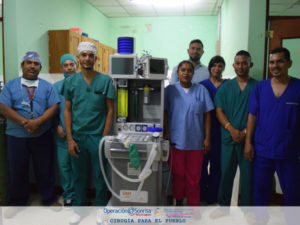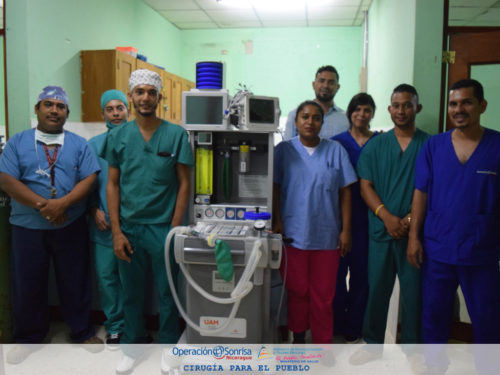
Gradian & Operation Smile Team Up to Bring Safer Anesthesia to Nicaragua



Last week marked a major milestone for Gradian: We installed our first UAM in Latin America, and we did it in collaboration with Operation Smile (Operación Sonrisa) – one of the foremost organizations working in global surgery. Through Operación Sonrisa’s new initiative – Surgery for the People – we joined forces on a project to upgrade the anesthesia capacity of two primary hospitals in rural Nicaragua.
The project started with a “train the trainer” workshop at the Johns Hopkins Medicine Simulation Center in Baltimore, where UAM trainer Dr. John Sampson offered a hands-on training course for Surgery for the People’s lead anesthesiologist, Nadia Nabhan. Nadia then made her way back to Nicaragua to accompany the team from Operación Sonrisa and Gradian for the UAM installation and user training.
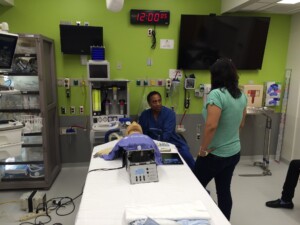
Like many rural hospitals in Latin America, Siuna and Bonanza Hospitals – located in Nicaragua’s mining triangle – face a wide range of challenges when it comes to delivering safe surgical and anesthesia care. Chief among these challenges are electricity and medical equipment maintenance.

It is in these settings that the UAM is most valuable: it was designed to function seamlessly without electricity, and is supported by a service warranty that guarantees reliable maintenance and repairs. As Operación Sonrisa’s biomedical educator, David Aldrete, acknowledged, the machine is an ideal fit for the hospitals’ needs:
“From the technical point of view, this machine benefits a lot of hospitals in rural and remote areas as is the case of Siuna and Bonanza, because the maintenance that is required for this type of equipment are basic tools and not as specialized as other brands require.”
Timed to the UAM installations at Siuna and Bonanza was a two-day, centralized product training, which Gradian administers for all new users. Led by Nadia, the course oriented the hospitals’ anesthesia providers on the UAM, including didactic sessions as well as practical sessions in the operating theater. This approach allowed the new users to get comfortable with the UAM in their own setting, with real-time access to a fully-trained clinician.
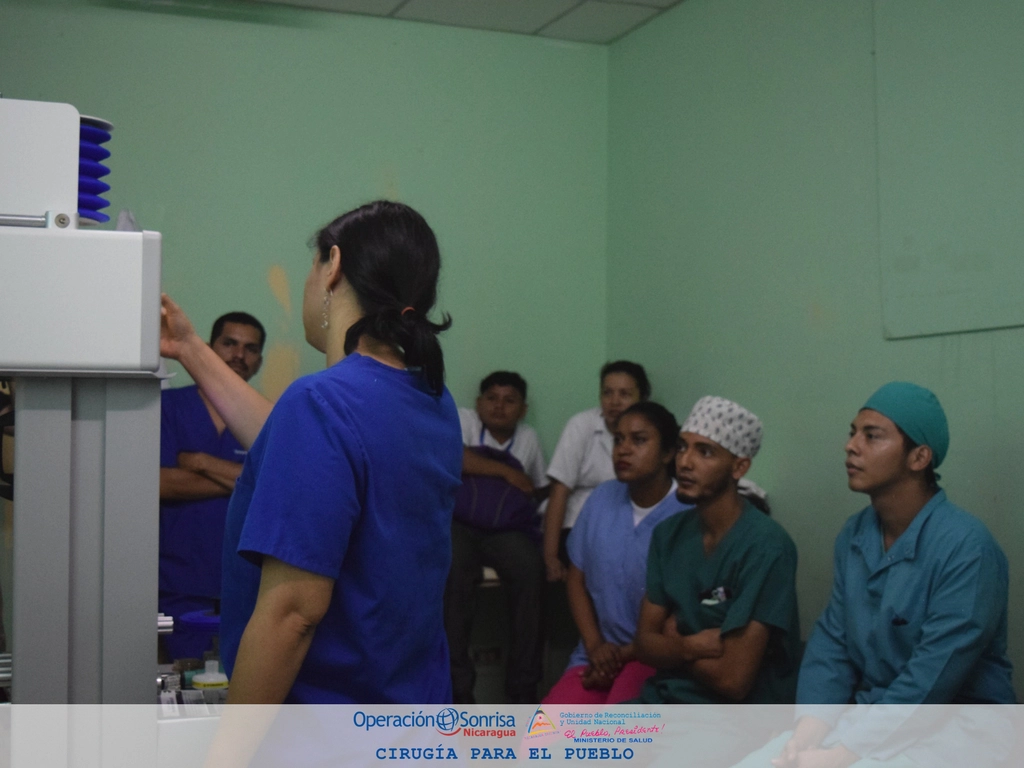
During one of the training sessions, the operating theater’s power went out, as it is prone to do in low-resource hospitals. But now, with the UAM installed, the hospital staff watched as it continued working without electricity.
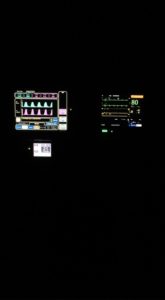
One anesthesiologist from Siuna, Dr. Juan Manuel Sánchez, expressed his excitement:
“With this new machine, we will substantially improve the quality and safety of the care of patients receiving anesthesia; the acquisition of this Universal Anesthesia Machine allows us to work in a more efficient way reducing the delays and cancellations of surgeries. Without a doubt, it is a great contribution that the project made for this institution and above all, for the population.”
We look forward to sharing updates on the project as these hospitals begin making use of their new equipment and skills; and we’re grateful for our fantastic partners at Operación Sonrisa for their teamwork and leadership!
